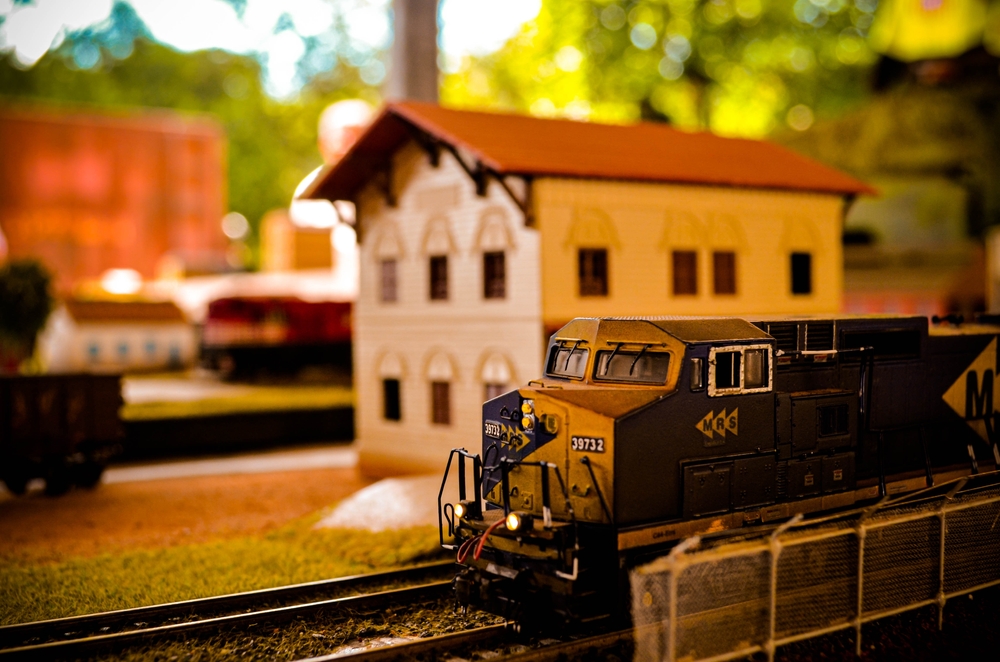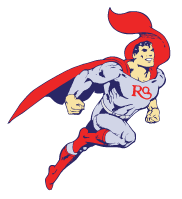Lighting is essential for bringing out the best in your model train layout since it enhances the mood and feel of the entire design. Investing in quality lighting is a wonderful place to start if you want to make the most of your model train hobby because it enhances the space and setup. If you’re unsure how lighting can affect your layout, we compiled some advantages of good lighting that will instantly give you a new side of perspective on how to set up your model train layout.
Understanding the Impact of Lighting
Layouts for model trains benefit from lighting. A simple scene may be enchanted by lighting. Small-area lighting creates the mood. Different people are affected differently by light, temperature, and direction variations. Warm lighting creates a cozier atmosphere. Cool, bright lighting may open up and purify a room.
Essential Lighting Techniques
Layered Lighting: This technique strategically places multiple light sources at different angles to create an even and balanced illumination.
- Focal Point Lighting: Highlighting specific areas or points of interest on your layout is crucial for highlighting key features.
- Backlighting: Placing lights behind structures or scenery elements can create stunning silhouettes and enhance the overall visual appeal of your layout.
- Flashing Lights: Introduce flashing LED lights to simulate warning signals, emergency lights, or even a passing train’s headlights.
Adding Realistic Movement with Lighting
One of the most effective ways to achieve movement with lighting is by installing LED lights on your model trains and vehicles. Consider incorporating animated signs and billboards to bring your layout’s commercial areas to life.
Safety and Power Considerations
Safety and power considerations are of utmost importance when working with lighting in your model train layout to ensure a smooth and risk-free operation. Here are some essential safety guidelines and power considerations to keep in mind:
- Low Voltage Lighting: Use LED lighting systems for your model train layout. Low-voltage lights, such as 12V or 5V, are safer to handle and pose a reduced risk of electrical hazards.
- Use Fire-Resistant Materials: When building structures or tunnels for your layout, choose fire-resistant materials whenever possible.
DIY Light Projects for Model Train Enthusiasts
As a model train enthusiast, you can create custom lighting effects that suit your layout’s theme and style. Using simple materials like plastic or metal tubing, LED strips, and resistors, you can customize the height and design of the streetlights to match the era and setting of your layout. For scenes with campfires, you can build a flickering LED campfire effect.
Always work in a well-ventilated area, use appropriate safety equipment, and handle electrical components carefully to avoid accidents. DIY light projects for model train enthusiasts allow you to customize your layout and give you a sense of accomplishment and satisfaction.
Showcasing Model Train Layouts with Unique Lighting
Here are some inspiring ideas for showcasing model train layouts with unique lighting:
- Nighttime Illumination: Create a mesmerizing nighttime scene with warm white and colored LED lights to mimic the ambiance of a bustling city or a tranquil countryside.
- Illuminated Landmarks: Highlight significant landmarks or iconic structures on your layout with spotlights or custom-made LED setups. Whether it’s a famous bridge, a grand station, or a historical monument, drawing attention to these features will make your layout memorable.
- Underground Scenes: Illuminate underground tunnels and subways with dimmable LEDs to create an atmosphere of mystery and intrigue. Simulating the transition from natural light to darkness can add an element of realism to your layout.
Let There Be Light
With some essential lighting and an understanding of how light affects things, a simple model may become an intriguing and immersive tiny environment. When showcasing model train layouts with unique lighting, the possibilities are as limitless as your imagination. Consider organizing exhibitions or sharing your design during open house events to inspire and captivate fellow enthusiasts and the public.


